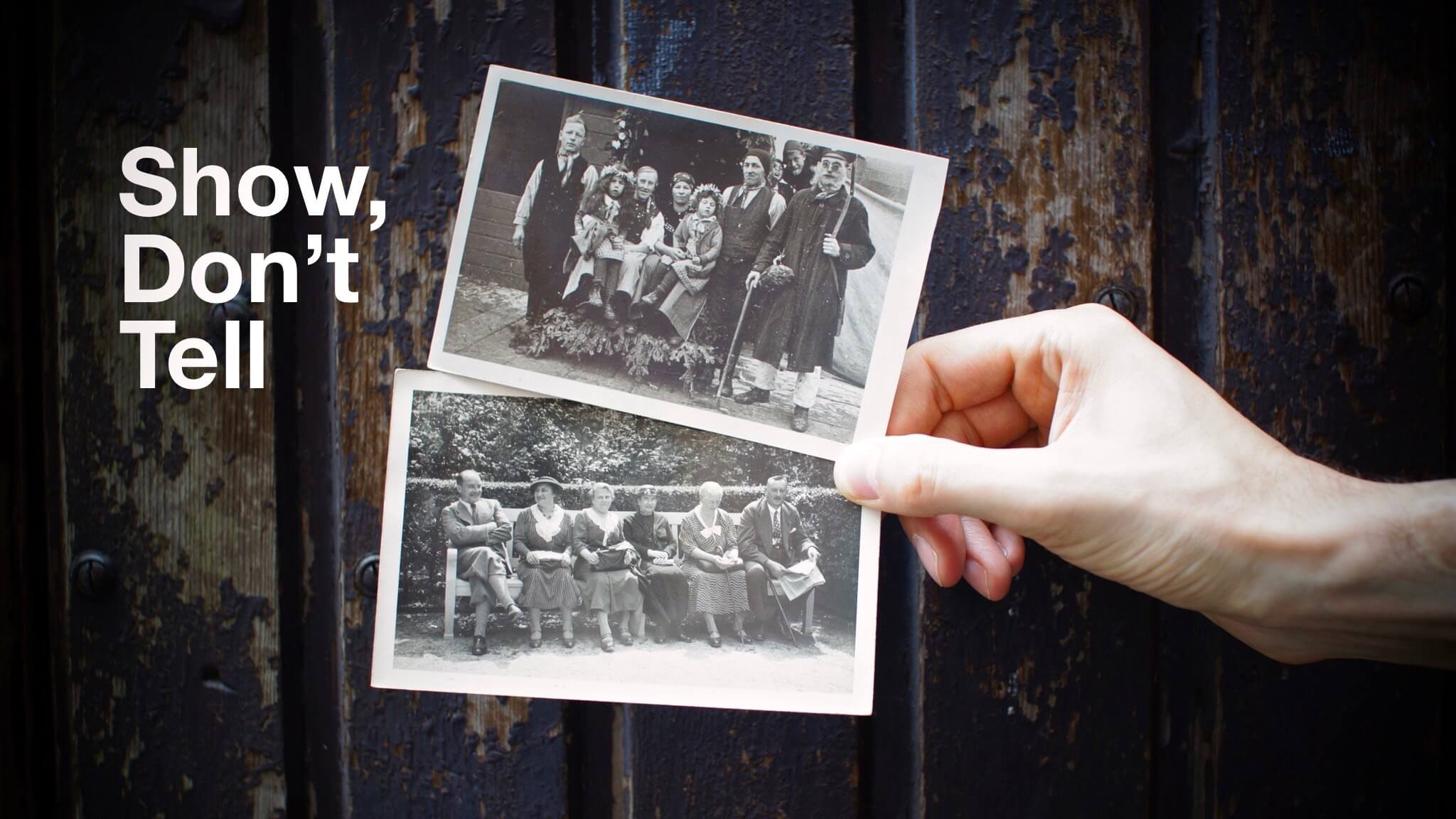“Show, Don’t Tell” Preaching
A few years ago I was approached by a major Christian website to write an article for them about preaching. It was right up my alley because I’ve been writing and blogging about preaching for a long time, and have written a few books on preaching.
So I thought, “Okay, I’ve got this no problem.”
So I wrote up an awesome article, and sent it to the editor thinking I was going to get a pat on the back.
But then the editor replied.
He had a few suggestions, and by few I mean a few hundred!
I was shocked, but once that wore off and I ate a bit of humble pie, I realized he was right. His suggestions did make the article better.
One of the things that wrote on my article over and over again was “Show, don’t tell.” It was all over the page.
And I had no clue what that meant. I wasn’t an English major in college. Writing is something that I’ve fallen into.
So got on the Google machine to find out what “Show, don’t tell” means.
It turns out, that “Show, don’t tell.” is common advice for writers. It means that rather than telling the reader something, you should show it to them.
Rather than writing “It was hot outside,” paint a picture, tell a story, give a little bit of an imagery of how hot it is.
So for example, in my article I described a pastor saying, “He’s an energetic preacher.”
But instead of telling you the preacher was energetic, I should show you how energetic he is without having to tell you. I should have described him jogging across the stage, waving his arms in the air, and acting every moment in Bible story like a performer on the stage.
With that picture, you understand this is an energetic preacher without me having to say it, and that is better writing rather than a bland description.
And preaching could be better with this advice as well.
Show, Don’t Tell In Your Preaching
A lot of preachers tell, but don’t show. We excel at telling you what to do, and all the information that the Bible says.
We’re experts at telling, but we’re slacking at the showing. And showing is a powerful tool for any message.
Jesus was a master at showing and not just telling.
Instead of just telling us, “God loves you and will forgive you.” Jesus told the story of the prodigal son, one of the most powerful stories in the Bible.
What a beautiful picture of how much God loves and forgives us like a father welcoming his lost son home. That short story has far more power than if Jesus only said, “God will forgive you.”
Again, Jesus could have told us, “Love your neighbor.” But he didn’t end it there. He told the story of the Good Samaritan, a culture-shattering tale of the kind of radical love that Jesus asks of us who follow him.
I once read an estimate that somewhere around 75% of Jesus’ teaching in the Bible is illustrations and stories. So only a 1/4 of Jesus’ preaching was telling and 3/4 was showing.
We should model our teaching after Jesus: Show, don’t tell.
Why Show Instead of Tell?
There’s a reason that Jesus told so many stories.
- It carries his teaching from the head to the heart—ideas to emotions.
- It triggers your imagination.
- It’s just more interesting.
And did you know that research has proven that there are actually physical responses and benefits to using your imagination?
For example, in the book Made to Stick, I remember reading a study that said if you were to take a glass of water and just imagine that instead of water, it is filled with lemon juice.
Now imagine drinking it.
By just imagining drinking lemon juice, your mouth will begin to salivate to prepare the sour lemons.
Brain scans have shown that if you imagine a bright light shining in your eyes, the visual area of the brain is activated.
And if people are asked to imagine standing in the streets of New York City and looking up at the Empire State building, most people will lift their eyes.
And all of this research and more has found the mental exercise of imagining things was almost as good as physically practicing something.
So if you play the guitar, and spend time imagining yourself pressing each note of a song on the fretboard, your performance will improve.
That’s why a lot of athletes will watch game film and imagine themselves going through different scenarios. If the offense on football was going to do one scenario, the defenders imagining what he would do and how he would react in different situations in the game, and those mental reps will actually help you perform better and react faster when it comes time to perform.
It’s almost unbelievable, but it’s true.
So when you are preaching and painting a story for your audience, they are getting mental reps.
They’re imagining themselves in that situation and it’s preparing them for how they too can react and respond biblically in a similar circumstance.
So when Jesus tells us the story of the Good Samaritan, not only do we think that we should be more loving to people. We also prepare a little mentally to help people in need when we see them.
If we ever see somebody beat up on the side of the road, we know that God wants us to go help that person because we’ve heard this story and we’ve imagined that scenario. And we also know that when we see other people hurting, sick, dying, or just beat down in society, we need to step up and show them God’s love because we’ve heard this story and gone through the mental exercise of helping someone in need.
The Challenge
Here’s my challenge for you in your next sermon: Have a picture with every point.
Tell a vivid story or craft an illustration of how the main point of your message could play out in the everyday life of your audience.
Help them get those mental reps, that mental practice of how to apply the biblical principle in that situation or other situations similar.
So for example, instead of just saying, “Hey, we should be ridiculously generous because the Bible says so.” Say that and tell the story of how somebody’s uncommon generosity.
I was watching a church service recently, and instead of just saying, “Be generous,” they brought a lady on stage to share her story of receiving an unexpected, anonymous gift that ultimately led her to come to know Christ. Man, that was powerful. It hits you, sticks with you, and makes you say, “I want to be more generous like that person was.”
You’re getting that mental practice, and when the time comes, you’re more prepared to give because you’ve already imagined yourself doing it.
So have a picture with every point.
That’s how Jesus preached, and we more of that in our sermons too.
Show, don’t tell.




Thanks lots. This is helpful, being a writer and a preacher myself. You’re a blessing
– I’m in Uganda, East Africa.
You’re welcome, Shaphic. Glad to know that this is helping a fellow writer/preacher. God bless.
Thanks lots. This is helpful, being a writer and a preacher myself.
– I’m in Uganda, East Africa.